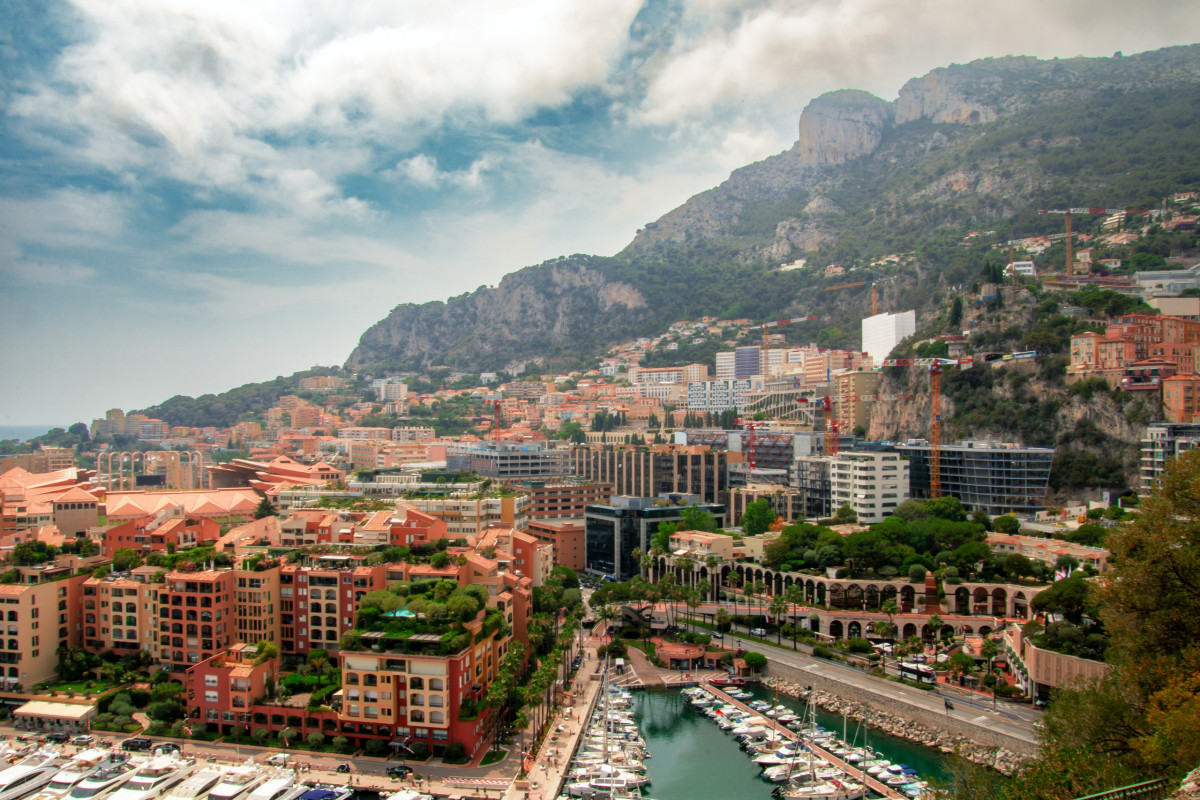Monaco has confirmed plans to build a new waste-to-energy plant in Fontvieille, replacing its outdated incinerator. This decision reaffirms the principality’s long-standing commitment to local waste management. Driven by legal, environmental, and strategic considerations, this move ensures Monaco retains control over a crucial aspect of its public services.
Legal and strategic rationale behind the decision
The decision follows a legal assessment commissioned by the government. This assessment concluded that exporting all of Monaco’s waste to another country—such as France or Italy—could pose significant legal risks. According to the analysis, European and international regulations make complete externalization an insecure option.
“The government has decided to maintain a minimum waste treatment capacity in Monaco to guarantee the country’s autonomy,” officials stated. “Completely outsourcing this mission would be neither legally sound nor responsible in terms of public service and sovereignty.”

New plant: Energy efficiency and innovation
The proposed waste-to-energy plant will be built on the existing site in Fontvieille after the current facility is demolished. Authorities indicate that the new plant will not only process Monaco’s waste but also convert it into energy, producing heat, cooling, and electricity for the local area. It will also incorporate a system for treating wastewater sludge.
Fontvieille is home to a unique and highly efficient energy model: 95% of its heating, 30% of its cooling, and a portion of its electricity come from waste-to-energy conversion. Officials emphasize that eliminating this capability would undermine a system developed over decades.
Long-term goals: Independence and climate
By investing in the new waste-to-energy unit, Monaco aims to enhance this model, ensuring both energy independence and long-term climate objectives.
This project replaces two alternative strategies that were ultimately rejected. One was the idea of complete waste export, deemed too uncertain; the other, known as the “Symbiose” project, did not meet technical and operational requirements. After reviewing both options, the government opted for what it describes as a “concrete and sustainable solution.”















